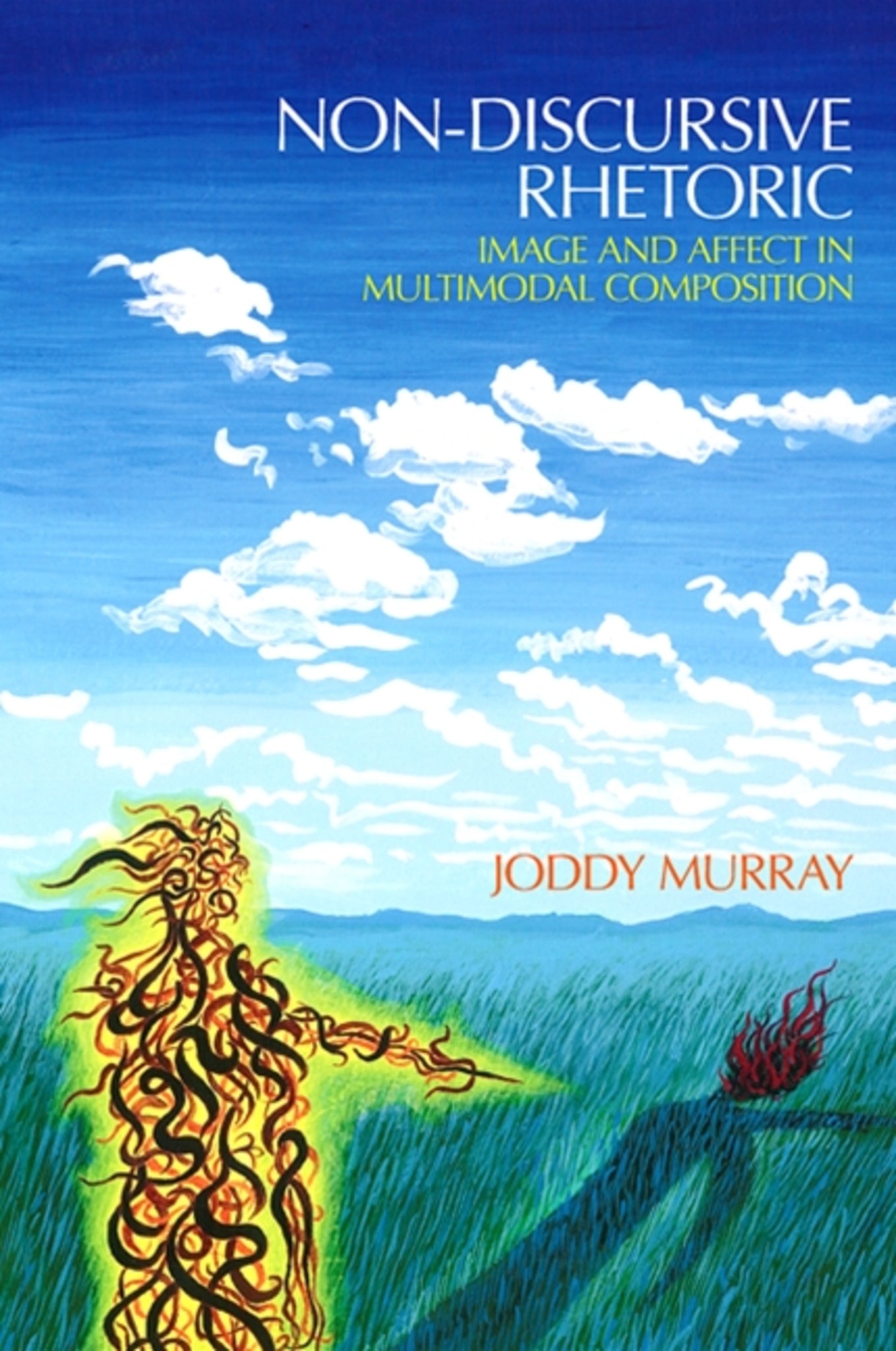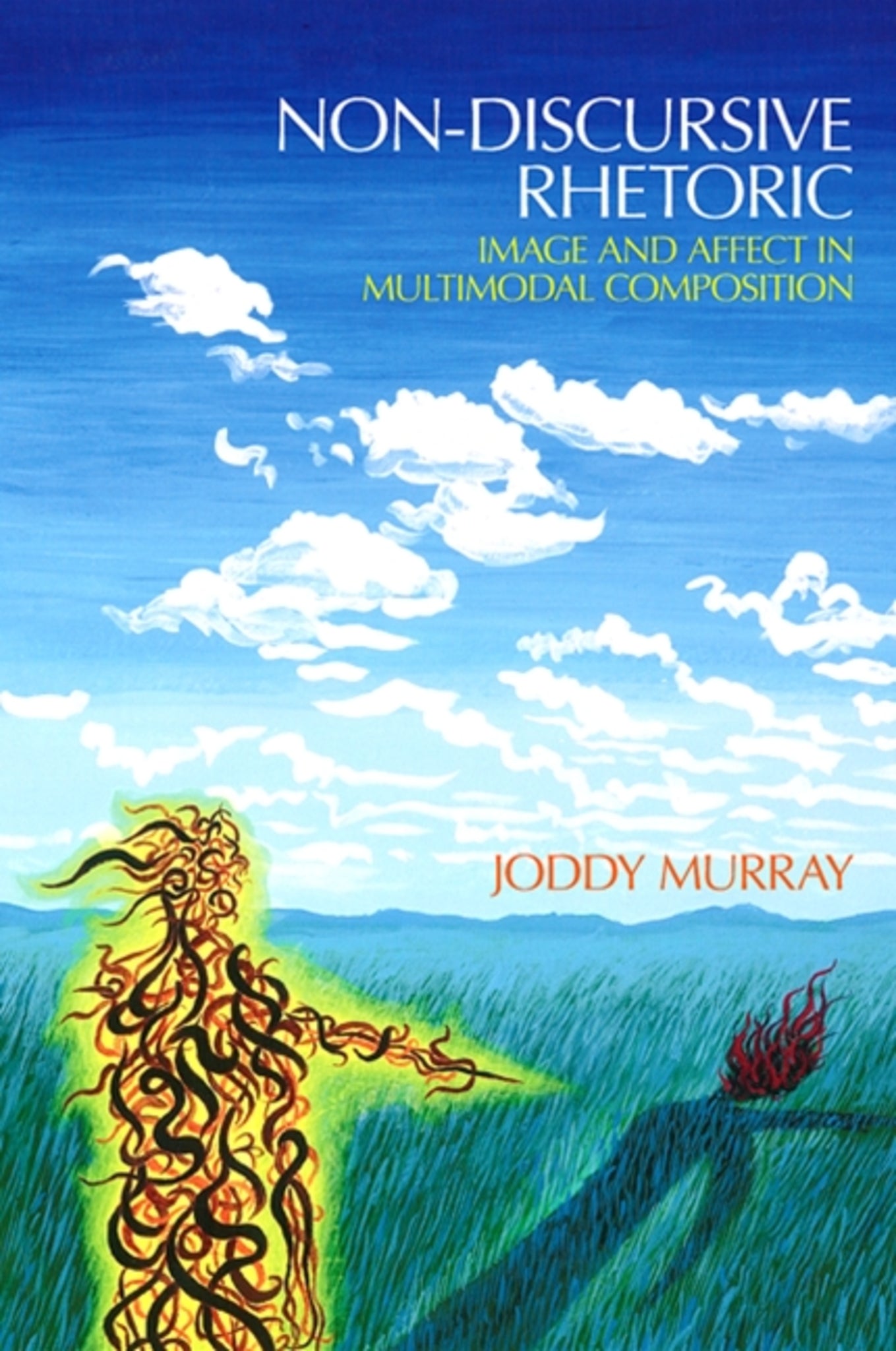We're sorry. An error has occurred
Please cancel or retry.
Non-discursive Rhetoric

Some error occured while loading the Quick View. Please close the Quick View and try reloading the page.
Couldn't load pickup availability
- Format:
-
15 January 2009

Examines the role of image and affect in teaching with new digital technologies and multimedia composition.
Technological advances have the potential to create new languages unlike printed or spoken words. The increased textual complexity generated by sophisticated graphics, photos, hypermedia, film, typography, and other modes of expression requires a theory of language and symbolization that accommodates emotion, ambiguity, simultaneity, and layers of dynamic meaning. In Non-discursive Rhetoric, Joddy Murray uses concepts from philosophy, rhetorical theory, and recent advances in neuroscience to develop a model of composing that connects contemporary writing practices, technology, and image functions within the mind. The theory and classroom practices presented here provide tools for writing teachers to help students compose various hybridized, multimodal texts. Murray highlights the significance for student composition of the relationships among emotions, images, and argumentation, and demonstrates the importance of considering the rhetorical dimensions of design choices in multimodal composition.


"Contributing significantly to the literature on composition studies … Murray explains what many teachers of rhetoric may not yet have considered." — CHOICE
List of Figures
Acknowledgments
Introduction
Connections to Langer
Connections to Neuroscience
Connections to Multimodal Texts
1. Non-Discursive Symbolization
Langerian Symbolization
Language as both Discursive and Non-Discursive
Language as both Individual and Social
Language Failure and Ambiguity as Important to Writing
Language is Closely Tied to Image and Consciousness
Non-Discursive Symbolization, the Ineffable, and Invention
2. Non-Discursive Symbolization, Image, and New Media
Visual Literacy and Pedagogy
Technical Communications and Digital Literacy
Cultural Studies and the Image
Image as Non-Discursive Symbolization
3. Affect and Image—Neuroscience and Symbolization
Affective Domain in Composition and Rhetoric
Body/Mind and Logical/Emotional: Overcoming
False Dichotomies
Neuroscience, Image, and Affect
Neuroscience, Consciousness and Symbolization
Theories of Will
The Role of Consciousness and Will in the Non-Discursive
4. Non-Discursive Textual Production and Multimedia
Writing Theory/Invention Theory
Non-Discursive Theory of Writing
A Non-Discursive to Discursive Composing Model
Image Consumption, Production, & Distribution
5. Composing Multimodality
The Rhetorical Image
Values of Multimodality
Cinematic Rhetoric
Assessing Multimodality
Conclusions
Notes
Works Cited
Index



